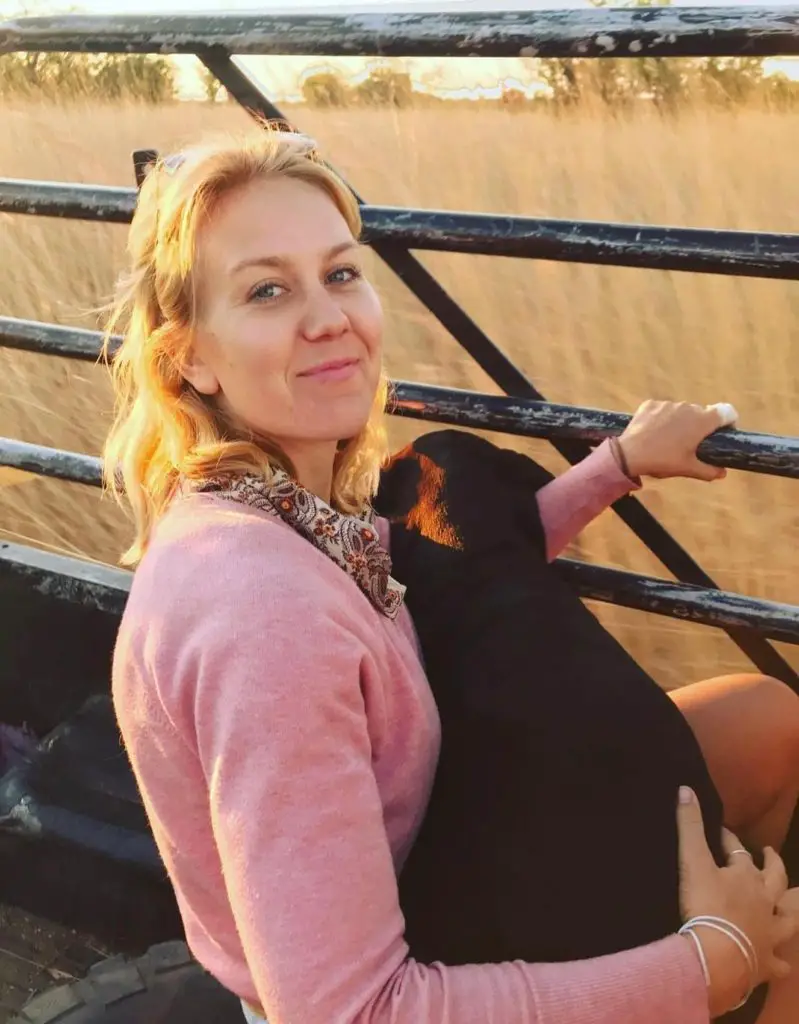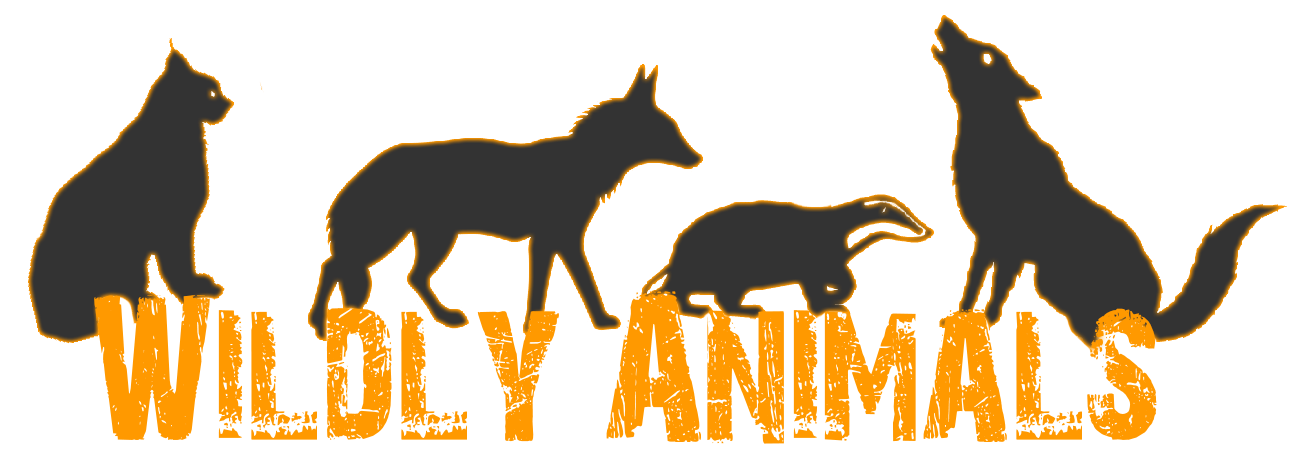The Art of Conservation: A Wildlife Artist’s Role in Protecting Nature
Wildlife artists use their skills to capture the beauty and intricacies of wildlife, promoting
conservation efforts through their work. Each brushstroke, pencil mark, or digital pixel serves to
remind audiences of the splendor of nature and document endangered species and the threats
they face. Wildlife art can inspire viewers to appreciate the diversity of life on our planet and
ignite a passion for protecting it. When done effectively, these representations convey the
urgency of the conservation message attached to each artwork.
Wildlife artists contribute to educational efforts and illustrate the necessity for conservation in
schools, museums, and community outreach programs. Much like scientists and researchers,
these artists can educate the public about the pressing issues threatening wildlife. Take a closer
look to get to know more about art conservation.
Contents
The Role of Wildlife Artists
Art has long been a powerful medium for communication and change, and wildlife artists are
advocates for environmental conservation. Through their work, they bring attention to the plight
of endangered species and showcase their beauty and the threats they face. These artists
provide aesthetic enjoyment and raise awareness about pressing ecological issues. Wildlife
artists collaborate with conservation organizations, using their creative talents to promote
various initiatives to protect animal habitats and ecosystems.
The realism in wildlife art can evoke emotional responses and make the viewer more inclined to
support conservation efforts. Detailed depictions of animals create a connection that statistical
data fails to achieve.
A Snapshot in David Dancey-Wood’s Life
Born in Bristol, England, in 1970, David Dancey-Wood is a British artist celebrated for his intricate, hyper-realistic pencil drawings of endangered animals. The work of wildlife artist, David Dancey-Wood, reflects a deep passion for both art and the natural world, which he honed during>his studies at the Bournemouth and Poole Faculty of Art and Design, developing a signature approach blending artistic expression with anatomical precision.
Throughout his career, he has collaborated with conservation-focused organizations such as the
Jersey Wildlife Preservation Trust, Monkey World, and the Dian Fossey Gorilla Fund. His
detailed work is often based on direct observation of animals in natural or rescue environments,
contributing to both artistic depth and ecological awareness.
In 1999, he founded Hawksbill Fine Art, a publishing company through which he releases
limited-edition prints, many of which are now highly sought after by collectors worldwide. His
work not only celebrates wildlife but also advocates for its protection, positioning art as a
powerful tool for conservation.
More About David Dancey-Wood
- Trained in wildlife illustration at the Bournemouth and Poole Faculty of Art and Design
- Began his career as a zoological illustrator for Time/Life, Microsoft Encarta, and The Disney Corporation
- Participated in field expeditions to Costa Rica, Guyana, Guatemala, Belize, and Nepal
- Took part in a 2011 expedition to Nepal’s Bardia Reserve to document a rare elephant species and local reptiles, contributing illustrations and scientific materials
- Worked with the Snow Leopard Trust and other conservation charities to raise awareness through visual storytelling
- Exhibited in notable galleries, including Christie’s London, with original works held in
private collections - Published the book Pencils, Patience, and Primates in 2007, reflecting on his
experiences as both artist and conservationist - Recognized for combining scientific accuracy with artistic depth to depict endangered
species with emotional impact - Continues to use his art to support habitat preservation and the protection of vulnerable
wildlife around the world
The Significance of Conservation Through Art
Artistic endeavors focused on wildlife conservation establish an emotional narrative around the
need to protect biodiversity. These artists bring critical issues to the forefront with their striking
visuals. Species are now facing extinction rates higher than ever, and conservation-themed
artworks encourage viewers to engage in dialogue about habitat destruction, climate change,
and pollution. In this context, creativity becomes a vehicle for change for many communities and
advocates.
Educational institutions and non-profits utilize wildlife art in their campaigns, reinforcing the
message of conservation through visually compelling narratives. Many artists host workshops or
lectures that educate audiences about the relationship between art and environmental
stewardship.
The Impact of Art on Public Awareness
Art can transcend language, making it an effective means of educating diverse audiences about
wildlife conservation. Through exhibitions in galleries and natural history museums, artists bring
attention to specific species and environmental challenges in engaging ways. Public displays of
wildlife artwork spark interest in species people may not consciously care about or have never
known about.
When experienced alongside vivid imagery, scientific data becomes more relatable and gives a
much deeper understanding of conservation issues. David Dancey-Wood’s artistic
achievements suggest that animal portrayals can evoke compassion and awe, serving as
stepping stones toward promoting a broader appreciation for biodiversity. Artists collaborate
with scientific researchers and conservationists, offering their talents to visualize data in ways
that are easy to grasp. The combination of imaginative skill and factual clarity transforms the
viewer’s relationship with wildlife into one that is more informed and passionate about
conservation.
The Connection Between Art and Science
Wildlife art intertwines artistic and scientific practices, creating a dialogue between these two
fields. Wildlife artists like David Dancey-Wood undertake rigorous research, immersing
themselves in natural habitats to observe animals in their environments. This dedication to
accuracy improves their creations and makes a strong statement about the importance of
nature. The observational skills honed by these artists allow them to form a profound connection
with their subjects, which can inform both their creative expression and convey a sense of
urgency toward conservation efforts.
The intersection of art and science enables artists to work alongside biologists and
conservationists. In doing so, they contribute to the aesthetic appreciation of wildlife and the
advancement of scientific knowledge and conservation strategies. Wildlife artists become a
bridge linking these disciplines, uniting authenticity with advocacy.
Challenges Facing Wildlife Artists and Conservationists
Despite the passionate advocacy and artistic endeavors of David Dancey-Wood and other
artists, there are numerous challenges that confront wildlife artists and conservationists. The
most common hurdle is the ongoing loss of habitats, which threatens various species with
extinction. As deforestation, urban expansion, and climate change continue to alter landscapes,
the struggle for survival grows more dire for many animals. Artists will need to document these
changes through their work.
Wildlife artists face financial constraints, limiting their ability to pursue conservation projects or
produce high-quality work. Many rely on grants, donations, or sales to sustain their practice and
finance conservation initiatives at the same time. The demand for their work may fluctuate,
influenced by economic factors or changing public interest in wildlife concerns. The challenge of
reaching broader audiences can hinder conservation efforts. Some individuals may not resonate
with wildlife art or view it as a luxury rather than a vehicle for change. The task for artists is to
create compelling narratives that engage art lovers and those who may be less aware of the
existential threats facing wildlife today.
Wildlife artists, like David Dancey-Wood, have become big players in the conservation industry.
Through skilled artistry and passionate advocacy, they promote awareness about endangered
species while inspiring audiences to care about the natural world. By bridging the divide
between art and environmentalism, these artists create an appreciation for wildlife and
contribute to the urgent need for conservation efforts.

Izzy is an experienced ranch worker who has a passion for exploring nature and getting up close to wildlife. With her connections to various animal organizations, Izzy is well-versed in animal care and rehabilitation.








